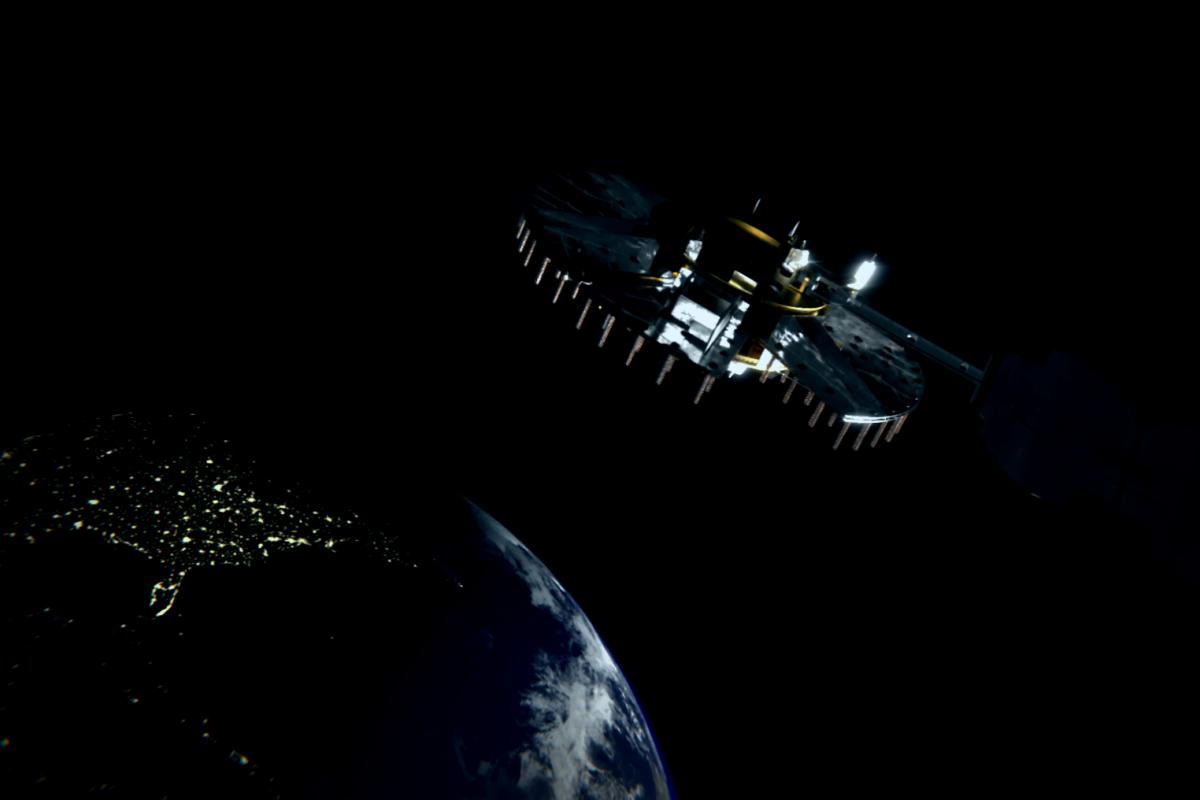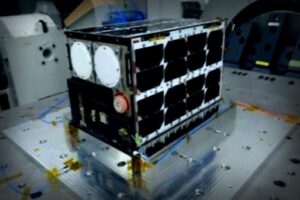Today, the Space Force teamed up with United Launch Alliance to send an exciting experimental satellite into orbit, kicking off a year filled with tests that could revolutionize GPS technology and boost the entire positioning, navigation, and timing (PNT) landscape.
The National Technology Satellite-3 (NTS-3) lifted off from Cape Canaveral Space Force Station in Florida, marking the inaugural military mission for United Launch Alliance’s Vulcan rocket.
Designed by L3Harris in conjunction with the Air Force Research Lab and Space Systems Command, NTS-3 is all about experimenting with brand-new PNT signals and tech that could end up on future GPS satellites, influencing upcoming capabilities and operations for everything from spacecraft to ground systems and user devices.
Initially, the plan was to launch NTS-3 back in 2022. However, delays with the Vulcan rocket put a hold on its launch, keeping it on the ground longer than expected.
Joanna Hicks, a senior aerospace engineer at AFRL’s Space Vehicles Directorate, expressed to reporters her excitement about finally seeing NTS-3 take off, stating the lab was overdue for a PNT experiment.
The last major demo of PNT tech by AFRL happened way back in 1977 and brought about developments that have become crucial to today’s GPS satellites.
Hicks explained, “With NTS-3, we’re testing several technologies to ensure GPS remains the gold standard for our warfighters.”
The delays on the ground provided an opportunity for AFRL and L3Harris to conduct comprehensive lab testing, and they even managed to add new signals to the satellite post-delivery. Once it’s in orbit, NTS-3 is set to conduct over 100 tests on a variety of technologies—from broadcasting and receiving GPS signals simultaneously to testing out autonomous operations and anti-spoofing signals.
“For some tests, we’ll pipe signals into a lab environment for processing, while others will take place in a setting that mimics real-world conditions our warfighters might face,” Hicks specified. “We also have clock and timekeeping experiments on board to gather downlinked data for analysis.”
After the program validates different technologies, the Space Force will consider ways to weave these advancements into its GPS production. Originally, there were plans to integrate proven capabilities from NTS-3 into the upcoming GPS IIIF, but delays have narrowed the scope for design modifications.
Cordell DeLaPena, responsible for PNT at Space Systems Command, mentioned to Defense News earlier this year that although they’re moving from design to production phases, there might still be opportunities to enhance the first batch of Lockheed Martin-built GPS IIIF satellites.
“If a few of the experiments s d in orbit and prove to be viable, those could pave the way for production developments,” DeLaPena commented.
But, there’s always the chance to work in enhancements with the next batch of satellites, he added.
Beyond just GPS IIIF, the Space Force’s Resilient GPS program aims to enrich the satellite fleet with smaller, lighter, and cost-effective spacecraft. These developments could stand to benefit significantly from the new tech tested on NTS-3.
Hicks also mentioned they’re collaborating with the Space Development Agency and the Space Warfighting Analysis Center to explore possible applications for NTS-3 tech.



















